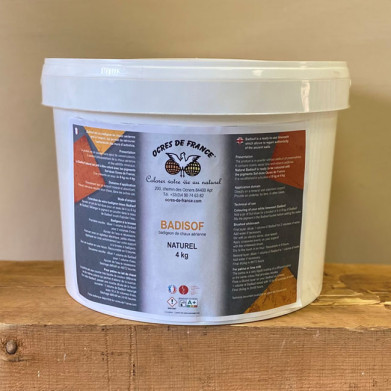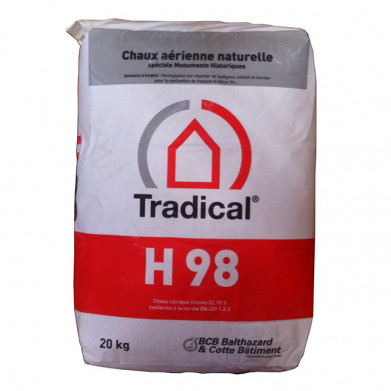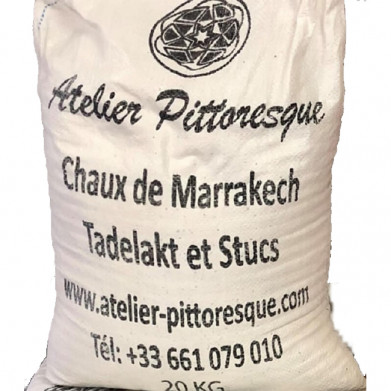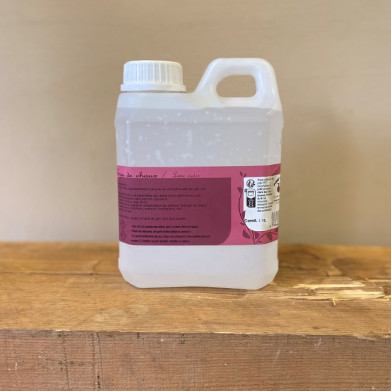Ecological, economic, made in France, Badisof is an aerial limewash paint, good for health and the environment. Thanks to its material and the warmth of the Ocres de France pigments, it is possible to rediscover the authenticity and charm of the old wall.
It applies to the brush, only indoor, and creates soft and subtle shades. It has a velvety appearance, less grainy, with more pastel hues than the Badisof Plus.
To learn more, see the long description below and download the data sheet available in the "attachments" tab.
The natural Badisof, therefore not tinted, has the color of lime (off-white, light cream).
![]()
Product made by Ocres de France
BADISOF NATUREL
Ecological, economic, made in France, Badisof Plus is an aerial limewash paint, 100% mineral, for indoor and outdoor use. It can be applied with a brush or smoothed. With the brushed technic, it has a more grainy appearance than the Badisof ; smoothed, it looks like a beautiful Italian stucco and reveals all its nuances.
To learn more, see the long description below and download the data sheet available in the "attachments" tab.
The natural Badisof, therefore not tinted, has the color of lime (off-white, light cream).
![]()
Product made by Ocres de France
BADISOF PLUS NATUREL
Tradical 98 is a slaked calcium lime corresponding to the new European standard E 459.1 (currently CL 90 NF P 15.311). Extremely pure and natural, it is used for the formulation of coatings, mortars and paints for the realization of restoration and conservation works, especially on historical monuments.
TRADICAL 98 (AERIAL LIME IN POWDER)
Real lime of Marrakech mainly used for the realization of the Tadelakt. It can also be used in interior and exterior decorative coatings.
Basic ingredient of the Tadelakt* technique, its consumption is about 5kg/m²/approximately 4mm thick (in one layer or in 2 layers of approximately 2mm). To be diluted with 6 to 7 volumes of water for 10 volumes of Marrakech lime.
Packaging : 20kg.
* Tadelakt is a particular technique that requires prior to its realization a basic training (or at least to learn about its subtleties).
SIFTED MARRAKECH LIME
Lime water is the water used to extinguish quicklime. It is therefore still lime-laden but no longer has the white color that inevitably fades the dye. Its transparency makes it possible to create very bright tones without blocking the support.










